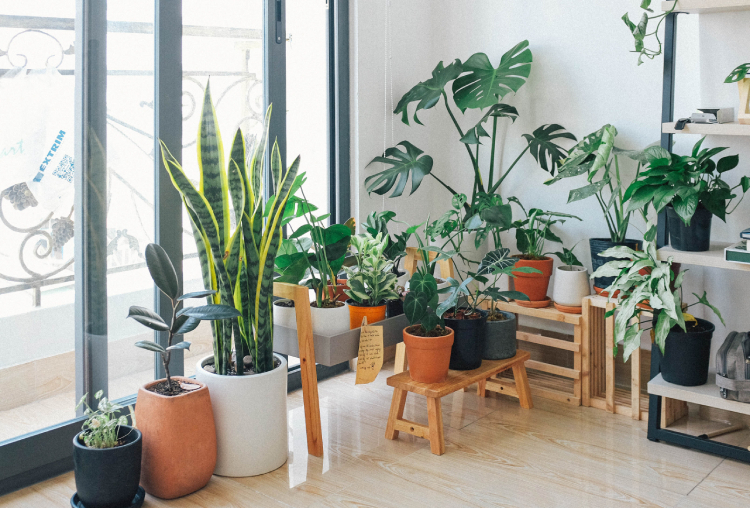Selecting some healthiest plants to have in your home is essential because it can’t only improve the overall appearance of a space, but studies show that they improve moods, increase creativity, relieve stress, and eliminate air pollutants, resulting in a healthier, happier you. Plants in the home can improve our moods in addition to their aesthetic value.
Furthermore, diet and exercise are important factors in health and wellness, but your environment also plays a role. Long-term health problems and discomforts can be caused by an unfavourable environment or poor air quality.
Fortunately, the right indoor plants can actually make a significant difference in alleviating a few common health problems. Certain houseplants can improve your mood, stress levels, sleep quality, breathing, and overall wellness. Houseplants may not appear to be doing much on the surface. To keep you healthy, they are, however, working diligently behind the scenes.
In this article, we will explore the healthiest plants you need to have in your home so stay tuned.
Do plants improve air quality in home
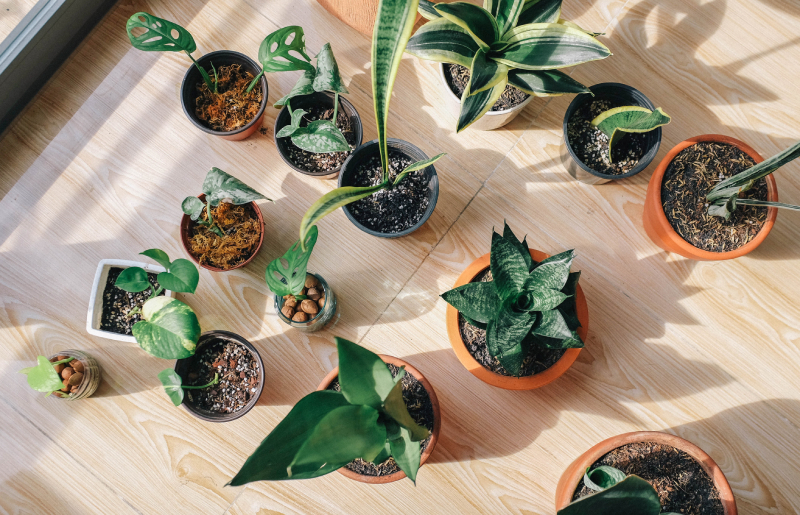
According to this NASA study, plants can clean the air in a closed, limited environment or chamber. Other studies have confirmed that plants can remove harmful gasses like formaldehyde, which are known as volatile organic compounds, or VOCs, and have a long history of negative health effects.
However, space rooms are different in an indoor home environment. In an indoor home scenario, people and animals enter and exit the building, air is constantly moving into and out of the interior spaces as well.
In actuality, yes, plants will improve the air quality in your home. It’s important to note that one indoor plant is not enough to purify the air.
To reduce VOCs sufficiently to affect air quality, approximately ten plants per square foot would be required.
Top 13 healthiest plants to have in your home
Succulents
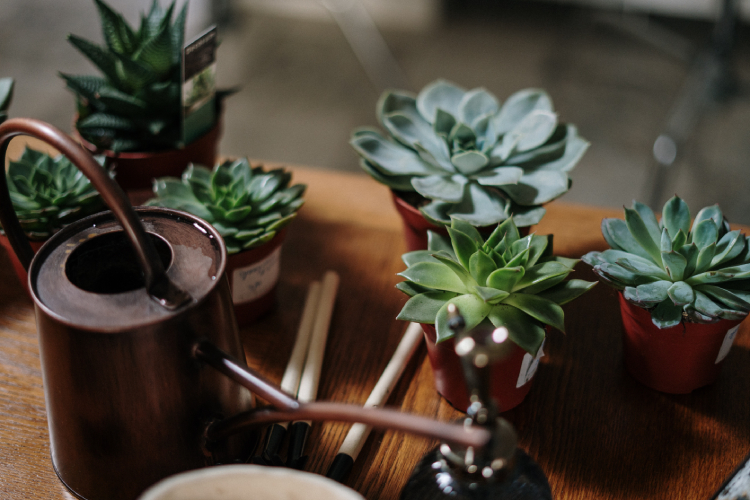
Succulents are excellent plants to place in your home. Additionally, It has a lot more uses and benefits than just looking pretty. They improve air quality, have numerous medicinal applications, can improve concentration, and much more.
There are succulents that are toxic so make sure to plant the right one.
Additionally, they are drought-resistant, meaning they don’t need regular watering; only just when the soil is completely dry. Overwatering can make your succulents rot.
Snake Plants
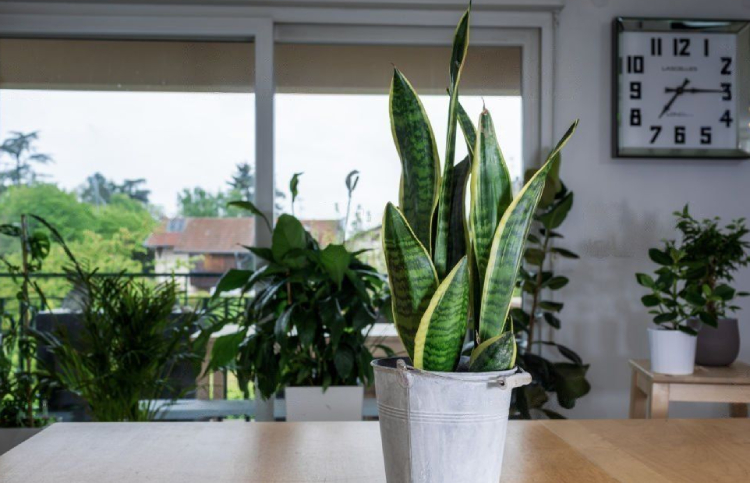
The air in a room can be filtered by snake plants and other houseplant succulents. This plant is special because it is one of the indoor plants that can change carbon dioxide (CO2) into oxygen at night. Due to its ability to maintain a healthy airflow, it makes a great bedroom plant.
Although they can tolerate some direct sunlight, snake plants prefer bright, indirect light. On the other hand, they thrive in shady spots and other low-light areas of the house.
Snake plants are prone to fungus attack and are toxic to humans and pets. It’s also important to point out that leaves will fall over if the snake plant is unhealthy.
Spider Plants
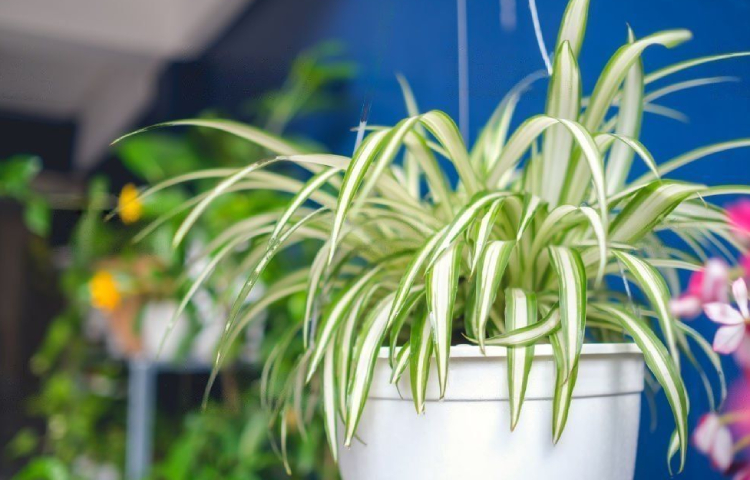
The spider plant purifies the air in the home. According to research, spider plants are very efficient at clearing indoor air by absorbing chemicals such as formaldehyde, xylene, benzene, and carbon monoxide in homes or offices. Spider plant’s thick, fleshy roots allow it to withstand infrequent watering.
Spider plants are not poisonous but it’s important to note that spider plants can trigger allergies and asthma. They have thorns and sharp leaves and it may sting or scratch you. Watering them should be done with caution because the water can splash onto the leaves and cause injury.
It requires a lot of light and cannot withstand cold temperature.
Peace Lily
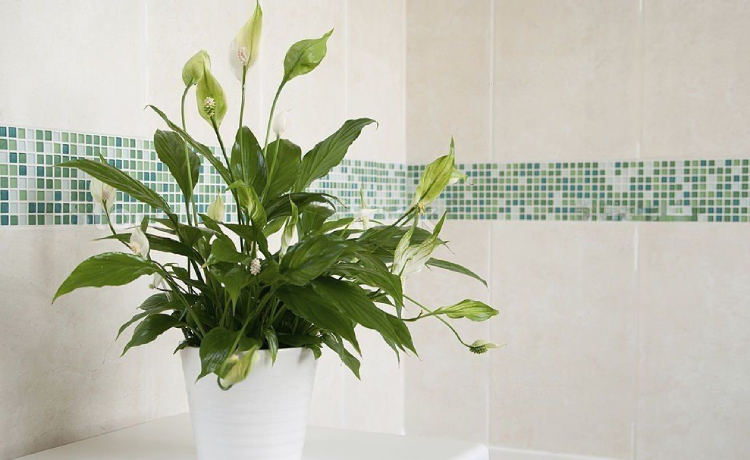
With glossy green leaves and white flowers, or spathes, the peace lily, Spathiphyllum wallisii, is a well-liked, low-maintenance house plant.
It is native to Central America and thrives in warm, humid environments, making it ideal for growing in a bright bathroom. Peace lilies are simple to grow and require little maintenance.
Although peace lily is not technically poisonous, it does contain a compound that can be extremely irritating to pets, children, and even adults if consumed.
Wilting foliage, browning leaves or leaf tips, yellow leaves, failure to bloom, and pest infestation are the most common Peace Lily problems. So, make sure to address these problems immediately.
Rubber trees
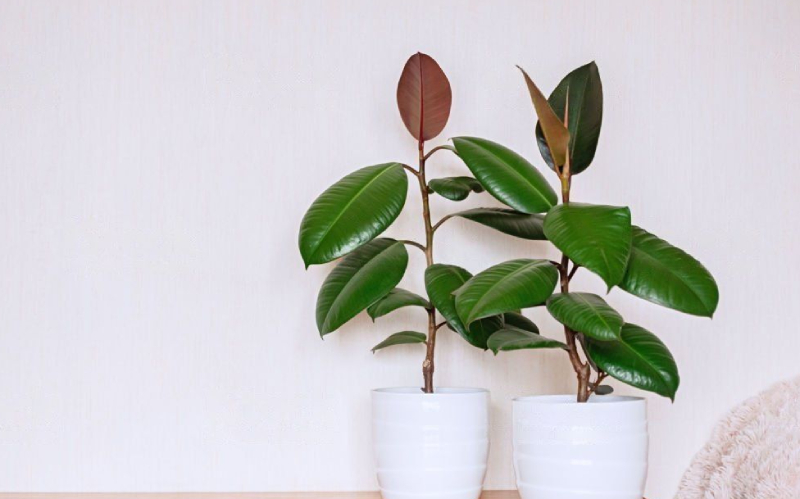
The fact that rubber trees are relatively simple to grow is one of the reasons why they make such wonderful indoor plants. Your rubber plant will thrive indoors as long as you meet all of its light, moisture, and fertilizer needs.
According to research, rubber plants have air-purifying properties. Just make sure to keep them away from pets and young children, as they’re known to be highly toxic if consumed.
Pothos
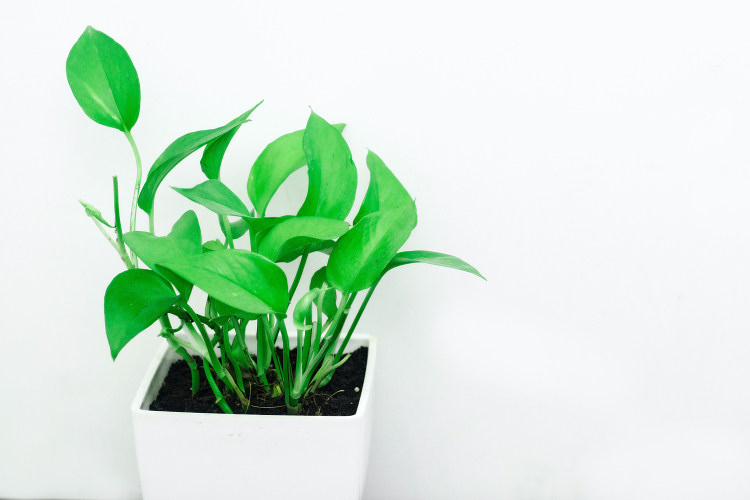
The aerial roots that cling to surfaces trail or climb the lengthy stems, making it ideal for hanging baskets, plant stands, and bookshelves. Furthermore, pothos is one of the best houseplants for air purification and improving indoor air quality.
They require only indirect sunlight and infrequent watering to thrive.
Adults, kids, and even pets should avoid using pothos plants. Pothos plants contain an insoluble calcium oxalate crystal within their leaves and stems, making them potentially lethal. These crystals literally rip, tear, and shred the skin because they resemble glass shards.
English Ivy
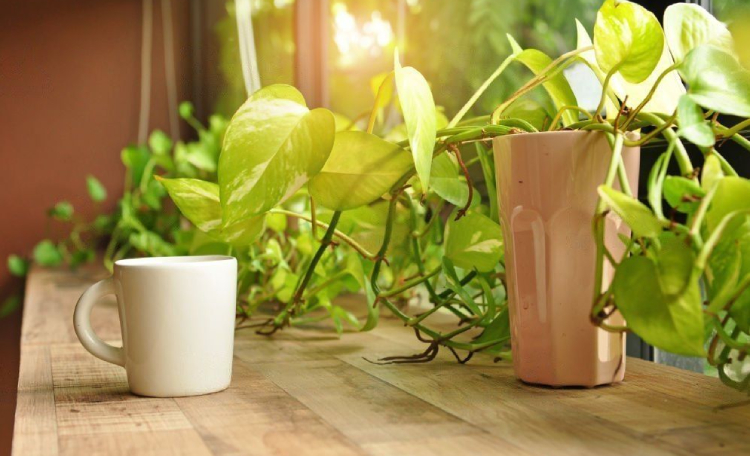
English ivy (Hedera helix) is a hardy houseplant that can be grown in a variety of conditions. Growing ivy is possible in pots, hanging baskets, and the bases of other houseplants.
Ivy will never be listed out as one of the healthiest plants indoors. It can be one of the most beautiful indoor plants if given the proper light, water, and care, excelling in containers and cascading from hanging baskets.
The main issues are too much or too little water, as well as insects and mites. A slow-draining soil mixture or excessive watering frequency are the usual causes of root rot.
The most common insect pests of ivies grown as houseplants are mealybugs, mites, aphids, whiteflies, and scales. So, treat the plant with extra care.
Elephant Ear Plants
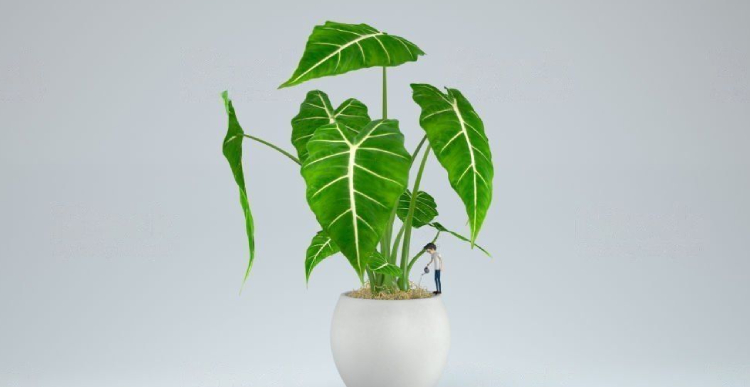
A tropical plant with large leaves known as elephant ear is frequently grown in the summer as an outdoor plant. It will, however, work as a potted plant that you can grow inside or use as a houseplant in the winter and then move outside in the summer.
Plant the bulb about 8 inches deep with the root side down in a large pot (14 to 18 inches is ideal). Fill the pot about three quarters full with a light-weight potting mix.
A bright location is ideal, but the plant will also thrive in medium indoor light. Move to a slightly darker spot if you have a window that receives direct sunlight and you notice that the leaves are losing color or turning brown around the edges.
Well-drained, nutrient-rich soil is the most important requirement for growing this plant.
ZZ Plant

For people who frequently travel, occasionally forget to water their plants, or for the office, this plant is a great option because this plant can survive in different conditions. A ZZ thrives in low light conditions and in direct light, making it a flexible indoor plant.
ZZ plants don’t have many potting medium preferences as long as it drains well.
In addition, ZZ plants are toxic. If ingested, ZZ plants can cause skin and eye irritation, as well as stomach ache, vomiting, and diarrhea.
You can safely share your home with a ZZ plant if you take a few simple precautions.
Coffee Plants
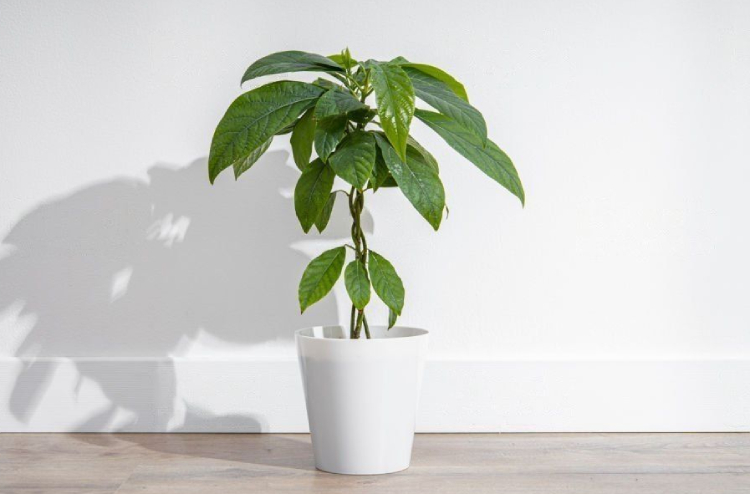
Bright, indirect light is preferred by coffee plants. In other words, they should be placed close to a window but not in the window itself. They are also unable to withstand temperatures below freezing and will struggle in temperatures consistently below 65 degrees F. (18 C.). Keep them warm during winter.
If grown in ideal conditions indoors, the coffee plant will eventually flower when it matures, which can take three to five years. Even under ideal conditions, only a few flowers will form, but if hand pollinated, they will produce the berries that contain coffee beans.
Parlor Palm
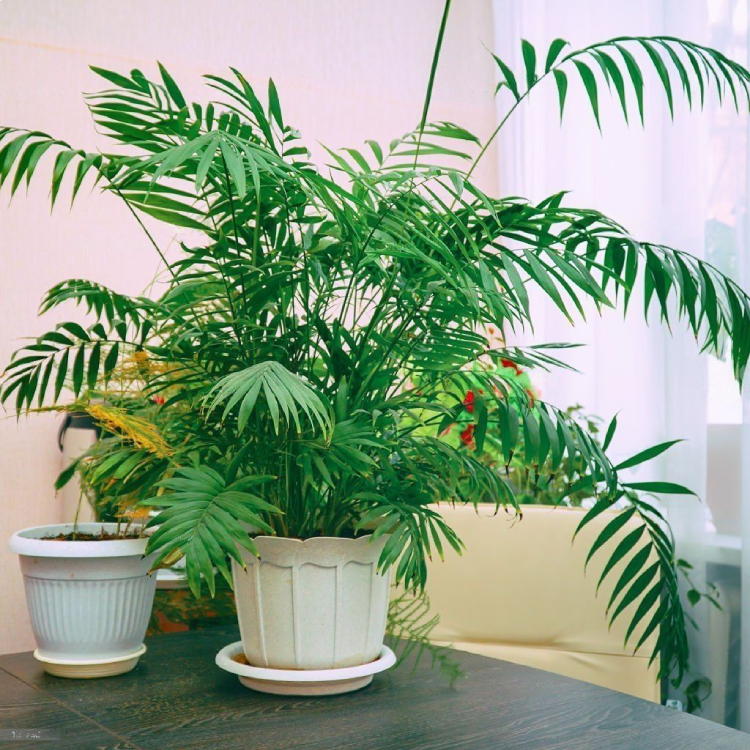
The parlor palm is one of the easiest palms to grow indoors and requires little care. It’s also a good choice for beginning indoor gardeners.
The plants thrive in 3-gallon pots (about 10 inches wide) in a northern exposure or foyer, where their fine-textured leaves can be seen.
Pests that attack parlor palms include aphids, mealy bugs, scale, and whitefly. 3 Identify the infestation as soon as possible if at all possible. Parlor palms, like many other palms, are sensitive to overwatering and cannot stand being waterlogged or sitting in a saturated potting mix. Maintain an even level of moisture. It also can cause fungal leaf spots and root rot.
Monstera Deliciosa
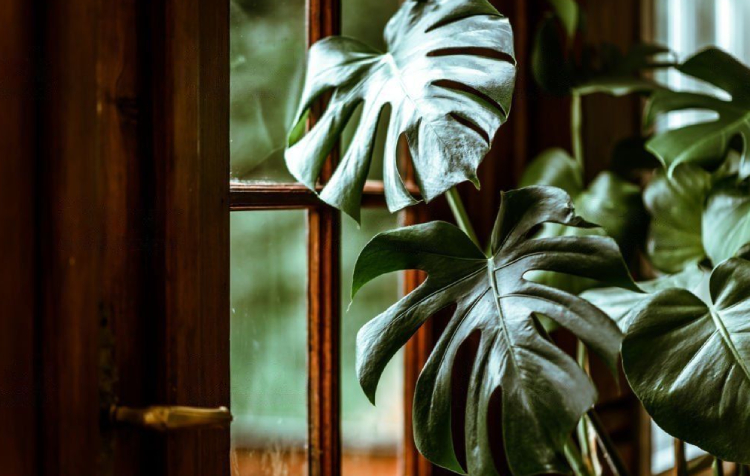
It is not surprising that Monstera prefers a warm, humid environment because they are indigenous to tropical rainforests from southern Mexico to Panama. This makes them perfect for indoor use. “Monsteras like shade, warmth, and moisture,” writes Georgina Reid, founding editor of Wonderground.
Allow the soil to dry between waterings and water it every 1-2 weeks. In brighter light, watering should be done more frequently, and in darker light, less frequently.
Monsteras benefit from filtered water or water that has been left out overnight before use.
Ferns

With a few lush, green plants like ferns, you can add a green feeling of abundance to your interior spaces. As long as you provide adequate light and moisture, many ferns make excellent low-maintenance houseplants.
Herbs
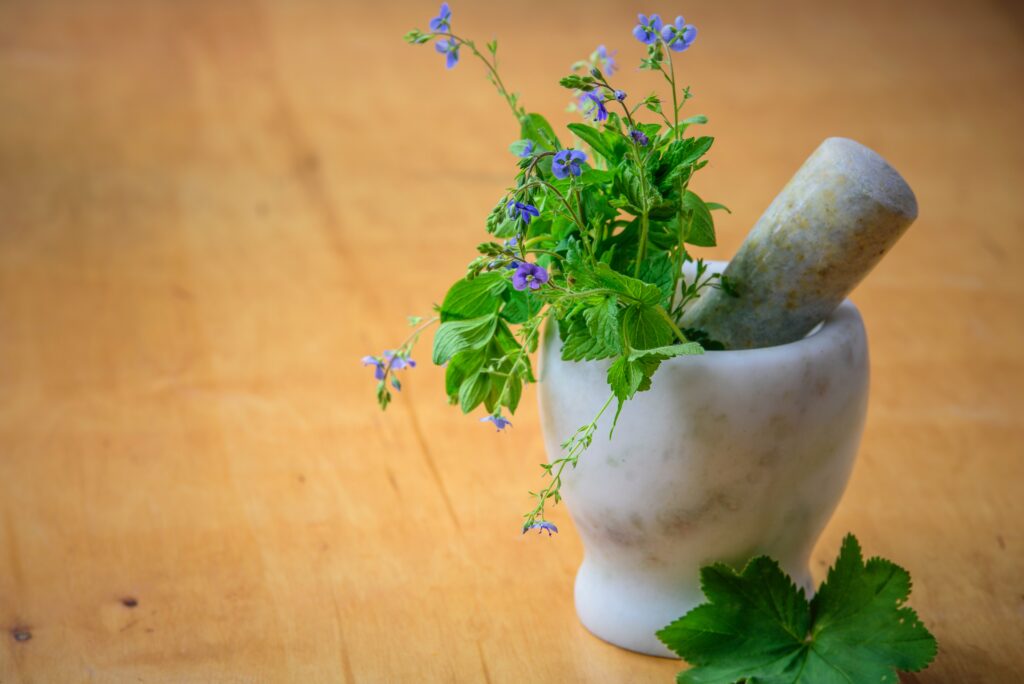
Growing your own herbs like basil, parsley, or mint is also less expensive than buying herbs at the grocery store. The benefits of chamomile and ginger, which are frequently added to teas as a flavouring, include stress relief and body relaxation.
See also: Best Herbs for Aquaponics
Final Thoughts
Adding the indoor plants will improve your home’s appearance and your health. Not only that, houseplants have been shown in studies to alter the indoor microbiome, increasing microbial abundance and diversity while potentially preventing harmful bacteria from colonising. Additionally, houseplants can boost productivity by increasing workplace satisfaction and mental wellness by lowering stress and anxiety. So, placing an indoor plant is a win-win for you and your family.
See also: Best herbs and vegetables to grow indoors

As a dedicated mother and passionate software developer, she weaves her diverse experiences into captivating stories that inspire and engage readers. Emma's love for sustainable living and environmental consciousness permeates both her personal and professional life. When she's not immersed in the world of coding and software development, Emma can be found nurturing her family and tending to her thriving organic garden. Her commitment to sustainable practices extends to every aspect of her life, from repurposing household items to embracing eco-friendly technologies.

